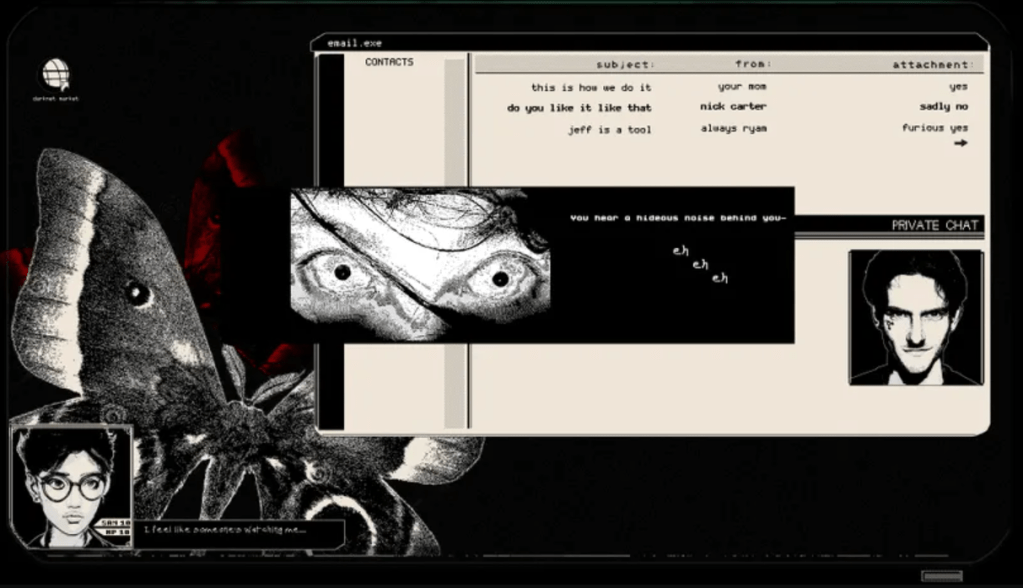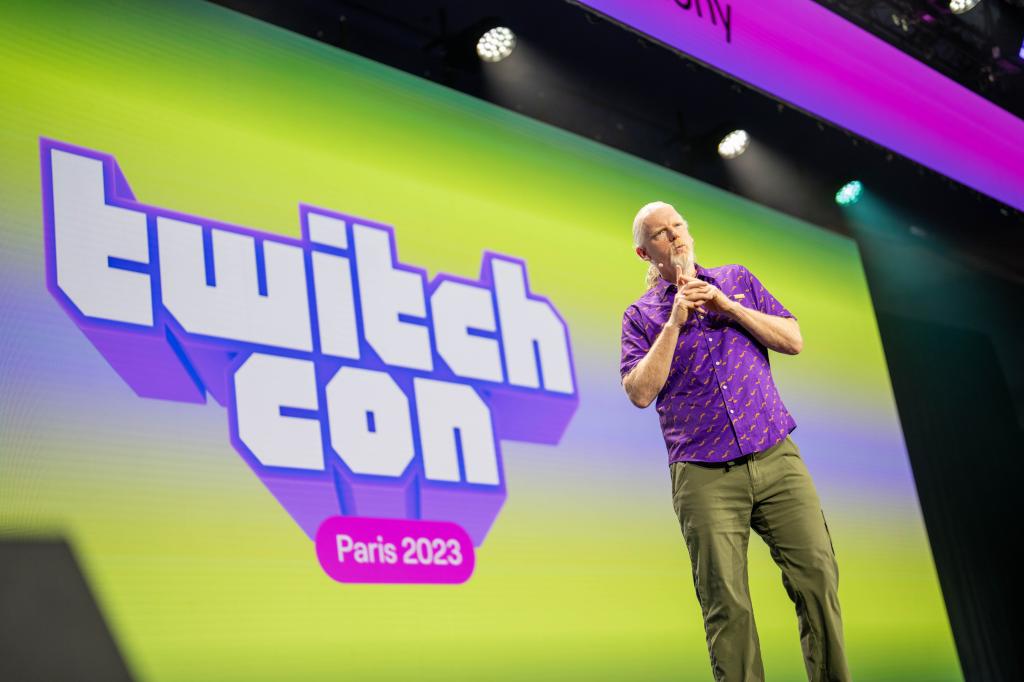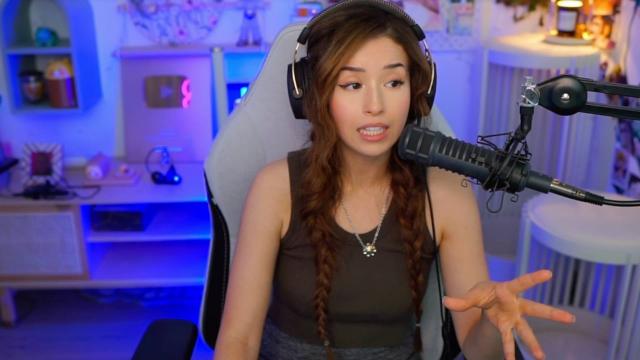Twitch streamers have long fallen victim to the oft-mentioned ‘content grind’ that has plagued creators across the internet for years, but changing attitudes are slowly leading to more pushback against the expectation for all the content, all the time.
For those new to the term, the content grind refers to the constant planning and output of as much content as possible to grow audiences, often at the expense of your wellbeing. It’s a pretty common issue, especially in an era where content creators are elevated to celebrity status thanks to services like Twitch and YouTube.
PewDiePie recently shared in a ‘review’ of his first year living in Japan that his more relaxed approach to content creation was a benefit of his relocation. “For my entire 20s, I did nothing but YouTube. That was my life, and that’s ok,” he said. “But I also think it was a little toxic.” He added that it “[felt] good to finally be free” of the content grind and that he had taken on new hobbies and interests as a result. Twitch streamer Pokimane also discussed the sheer level of burnout she was experiencing from streaming and taking on too many projects in 2021 (as reported by NME), and these two big-name content creators are far from the only ones who’ve been subject to this.
The limit does not exist (but it should)
While streamers and content creators with large follower bases have been vocal about the issue, particularly since the pandemic saw services like Twitch skyrocket in popularity (with Streamlabs reporting that Twitch the hours watched doubled in growth from 2019 to 2020), streamers with smaller community bases are also suffering from overworking themselves for views. It’s common to hear anecdotes from those aspiring to make Twitch streaming a full-time gig that are more akin to horror stories – with some streamers working full time in a different job to keep the lights on before returning home to stream for hours on end and engage with their growing communities, then starting the grind all over again the very next day.

The culture of content first, wellbeing second has even been gamified and is a key concept behind the upcoming Australian-made horror title darkwebSTREAMER, which sees you play as a streamer dabbling in the paranormal and dangerous, in the name of views (all the while balancing your health and safety with your dwindling bank account, which is directly tied to your streaming success). While the idea of supernatural occurrences causing you harm while streaming isn’t exactly the reality in the literal sense, many live streamers push themselves beyond their physical and mental limits purely to make it big and stay there.
Given Twitch streamers generally work for themselves, and therefore their income is often solely reliant on their output and views, even taking a quick break can have a negative impact and lead to a loss of viewer interest which can quickly translate into lost income. It’s a downward spiral that leads directly to burnout pretty fast.
The issue is so prevalent that TwitchCon recently held a panel on the topic at the Paris event titled “Unwind the Grind: Healthier Streaming Habits.” Six Twitch streamers, including StudyTime and CafeEla, discussed the impacts of being online 24/7, how to unlearn harmful patterns, and how to balance content creation with other responsibilities. One of the key points was just how much grinding can actually harm creativity and content, with the panel’s tagline summing it up simply: “You can’t draw water from an empty well.”
Additional work (but not additional pay)
One particular pain point that multiple streamers we spoke to at TwitchCon identified was the sheer amount of time they put into taking content from each stream to repurpose for other platforms to grow their audiences, even if their main ‘home base’ was Twitch. Twitch Partner Nalopia said it was difficult to “cultivate a community on every platform” and that she chose to focus on Twitch rather than diversifying, but others like Vixella felt there was a need to branch out to grow as “Twitch isn’t known for discoverability.”
To find out what’s being done to alleviate the need for content grinding to become successful, Kotaku Australia asked Twitch Chief Product Officer Tom Verrilli what the livestreaming service was looking to change to help dismantle grind culture through features and changes to the site itself.

Verilli noted that there was the potential for streamers to find that a seven-hour stream could become a 12-hour workday once all of the additional work of priming and posting things to platforms like Instagram and TikTok was done, and agreed that purely from a financial perspective, this translated into a much poorer dollar per hour value for streamers. “I think people have underestimated the efforts…required to be a successful content creator,” he said.
Verrilli also noted that the website was looking to streamline some processes to cut down this workload and introduce more off-stream discoverability features, such as the recently-announced Discovery Feed and stories to allow creators more options to maintain and build their audience even while away from their screens. However, features likely won’t be enough to remedy the content grind on Twitch when it ultimately comes down to a burgeoning culture, changing revenue share structures and audience expectations.
Expectations versus reality
Streaming schedule expectations, set by each Twitch streamer themselves, their audience, and even by Twitch itself when it comes to minimum streaming hours for those trying to complete the Path To Partner achievement, make up a key part of the issue – and it’s only exacerbated by other content creators putting in similarly long hours of work and presenting as always online, too.
How the content grind can be brought to a halt entirely is anyone’s guess, and it’s a complex issue with no clear one-size-fits-all solution. Short of expecting streaming platforms and services to limit usage (pull an Elon Musk for a hot minute), which is unrealistic at best, the onus currently falls onto streamers and their audiences. Viewers need to better understand the time and effort that goes into creating a successful Twitch channel and building a community across multiple sites, and streamers need to feel more empowered to set boundaries around the work and time they put into streaming – whether as a passion project, side hustle, or their full-time gig – and know when to take a step back for their wellbeing.
After all, you can’t draw water from an empty well, and you likely won’t produce good content when you’re burnt out, either.

Leave a Reply